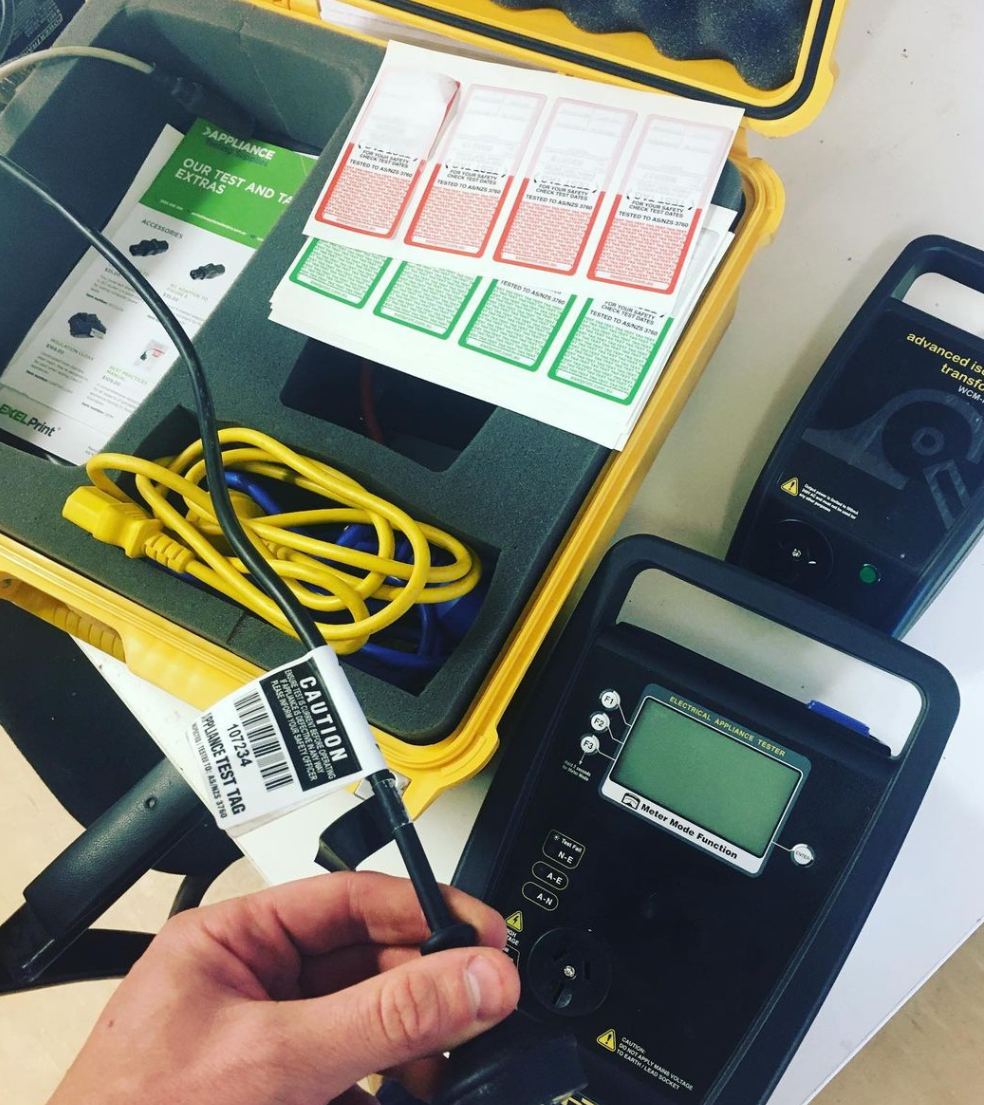Testing and tagging of electrical equipment

Testing and tagging electrical equipment is an important part of the testing process. Before the actual testing, you must tag the equipment to avoid confusion during the testing process.
The purpose of testing and tagging is to ensure the safety of the testing personnel and to keep the data collected by the testers accurate. For more information about test and tag, check the link.
Tag Types:
There are two types of tags used to identify electrical equipment. These are the name tag and the number tag.
Name Tags:
Name tags are used to identify a particular item of electrical equipment such as a switch, light fixture, or circuit breaker. They are available in several sizes and shapes to accommodate different applications.
These tags are typically printed using the letter or number from the manufacturer, the serial number, or the name of the item itself.
Number Tags:
Number tags are used to identify a particular piece of equipment with a certain function such as a light fixture or a circuit breaker.
This type of tag is typically available in a standard size and can be printed with the manufacturer’s identification, the code identifying the piece of equipment, or the number of the item.
Tags to Remember:
It is important to be familiar with the name and number tags used to identify electrical equipment. This will prevent mistakes during the testing and tagging process.
The following are some tips to help you remember the name and number tags:
• Keep them visible at all times while working on any project.
• If you forget to apply them, don’t worry. All you have to do is retag it.
• Use the correct tag for the job and be consistent in its application.
• Never place tags on the same equipment.
• Do not put tags on items that are not ready to be tested.
Testing Procedure:
After you have identified the location where the testing will be performed, you must label the electrical equipment with name and number tags. This will help the testing personnel keep track of the equipment as they test.
Testing Equipment:
While testing electrical equipment, it is important to use a test meter to measure the voltage, amperage, and resistance.
A test meter can help you identify the voltage level of the power source, whether the current is flowing, and the resistance of the equipment. It is also possible to check the voltage and resistance of the load (the item that is being tested).
As mentioned earlier, a test meter can help you identify the voltage level of the power source, whether the current is flowing, and the resistance of the equipment.
It is also possible to check the voltage and resistance of the load (the item that is being tested).
A test meter can help you identify the voltage level of the power source, whether the current is flowing, and the resistance of the equipment.
It is also possible to check the voltage and resistance of the load (the item that is being tested).
As mentioned earlier, a test meter can help you identify the voltage level of the power source, whether the current is flowing, and the resistance of the equipment.
It is also possible to check the voltage and resistance of the load (the item that is being tested).
While testing electrical equipment, it is important to use a test meter to measure the voltage, amperage, and resistance.
Test meter:
A test meter is a tool that is used to test the voltage, amperage, and resistance of the equipment. It is possible to measure the voltage and resistance of the load as well.
Tag Application:
Once the testing and tagging of the equipment is complete, it is important to follow a specific application procedure. The procedure must include the following:
• Application of the appropriate tags
• Application of the appropriate labels
• Application of the appropriate warnings
Application Procedure:
After testing and tagging, it is important to apply the correct tags, labels, and warnings.
1. Apply the appropriate tags:
• For the name tags, it is important to identify the equipment correctly by using the manufacturer’s identification, the serial number, or the name of the item itself.
• For the number tags, it is important to identify the equipment with the proper number. This will ensure that the testing data is accurate.
2. Apply the appropriate labels:
• Labels are used to identify the location, time, and other pertinent information about the equipment.
• They can also be used to identify the equipment itself.
3. Apply the appropriate warnings:
• Warnings are used to alert the testing personnel about potential dangers when working on the equipment.
4. Apply the appropriate tags:
• Name tags should be visible at all times while working on any project.
You may check us out at :
Test and tag Compliance Safety Oz
+61 1300 683 833
169 Toombul Rd, Northgate QLD 4013, Australia
